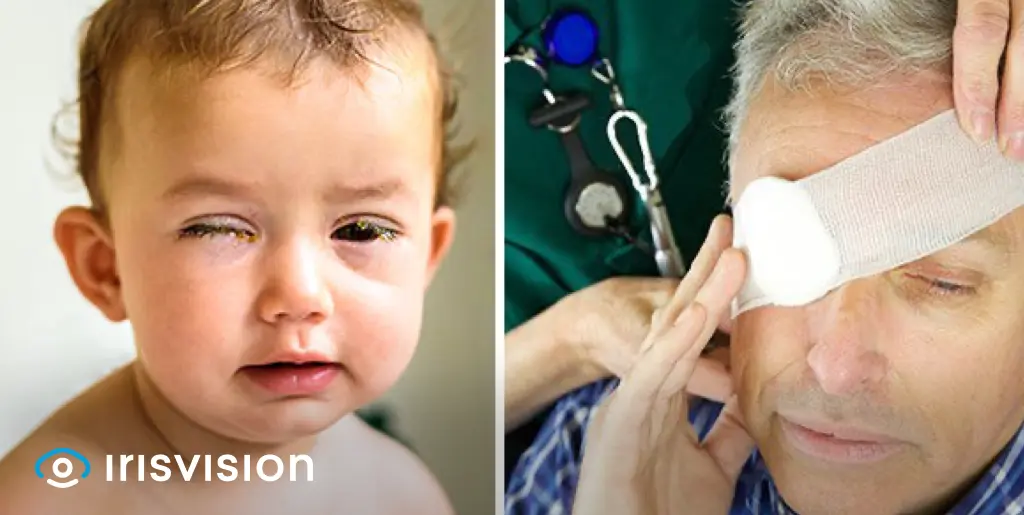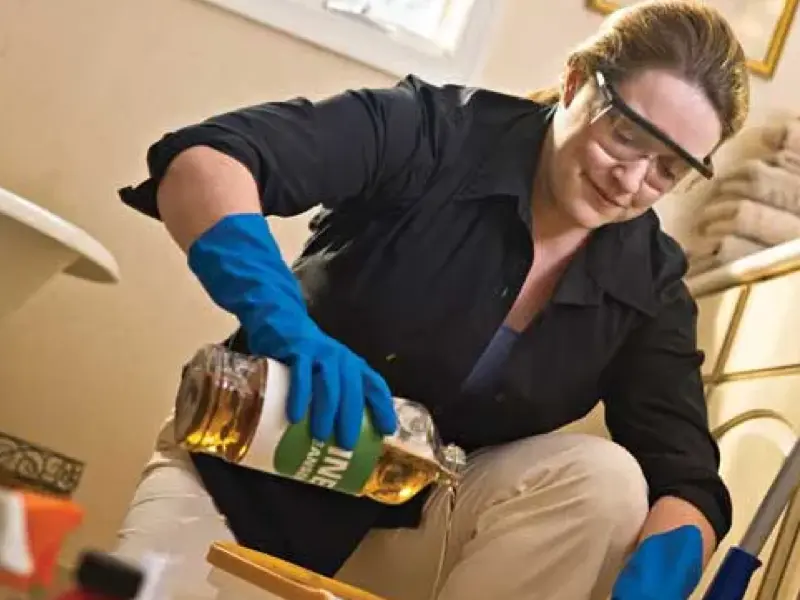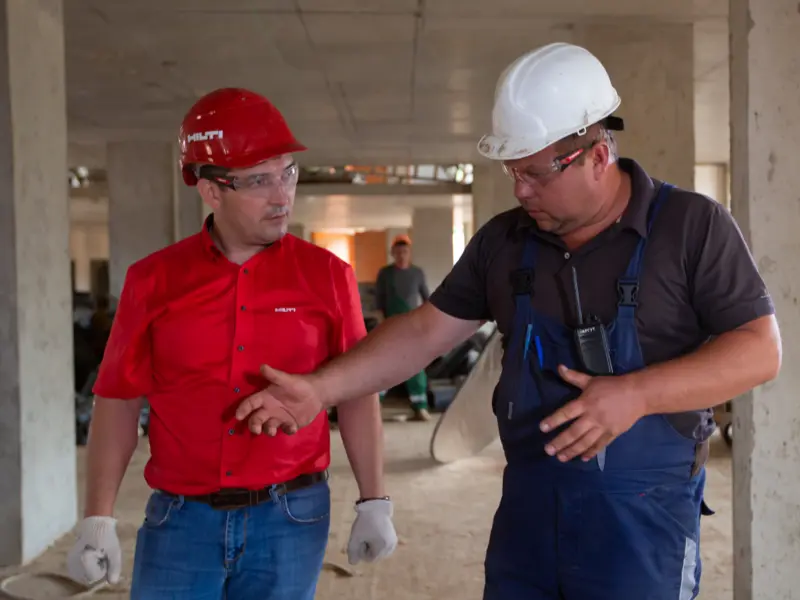
#LIVE2.0 #Review
While it’s true that many eye injuries occur at workplaces – such as in labor-intensive jobs or where workers need to work closely with hazardous chemicals or heavy machinery.
However, there’s no denying that simple and seemingly harmless indoor activities could also be a cause of severe eye injury.
While 2.5 million people are affected with eye injuries annually – household products cause more than 125,000 serious eye injuries and hospital emergency rooms treat nearly 40,000 victims of eye injuries from sports as recorded by John Hopkins Medicine.
Most eye injuries can be prevent given proper precaution and care is taken. Let’s take a look at some of the simple and easy steps to reduce the risk of an eye injury in different settings such as indoor, outdoor, while on the move, and at work.
Though there are multiple case scenarios where an individual may be exposed to the risk of getting their eye injured, at home or anywhere indoors, one thing that remains constant is reducing the chances through wearing protective eyewear.
Cleaning is one of the most common indoor activities that may appear harmless to many but remember that it involves the use of harmful objects and substances. It is imperative to understand the techniques and the know-how when using household cleaning supplies such as chemicals or detergents such as bleach, sprays that could potentially harm the eyes.

Keeping them out of a child’s reach is highly important to prevent an eye injury.
In the same manner, cooking utensils may have the same effect. Take necessary steps such as wearing grease shields to prevent the splattering of hot grease or oil and entering the eye. Storing sharp kitchen tools in top cabinet shelves or other child-proof locations, keeping them locked are some of the ways to ensure small children don’t get to touch them.
Only let young children use stationery items such as pencils, scissors, paints, or paintbrushes under an adult’s supervision.
Avoid letting children play with toys that can be dangerous such as pellet guns, BB guns, darts, arrows, especially without supervision
Toys or devices with laser pointers can permanently damage the retina and cause visual loss in a timespan of a few seconds.
Other important steps may include:
One of the most basic and common practices to protect the eyes when in an outdoor setting is to wear sunglasses to protect against UVA and UVB rays, as well as refraining from looking directly at the sun especially during an eclipse.
Outdoor chores such as yard work also mandates the need for protective eyewear as it often requires operating machinery and dangerous equipment such as lawnmowers, lawn trimmers, and leaf blowers.
Another important preventive measure is to stand at a safe distance when a leaf blower is being used nearby, or wear safety glasses with side shields to avoid flying particles, objects or dust from damaging the eye.
Keep hazardous substances used for gardening or agricultural purposes such as fertilizers, pesticides, and pool chemicals away from the reach of small children.
Outdoor sports is another aspect where one is at a high risk of experiencing an eye injury. Be it any sport, objects such as a ball, disc stick, rod, bat, racket or any flying object can become a potential risk.
High-impact sports create an even bigger risk, it is advisable to use only The American Society for Testing and Materials F803-approved protective eyewear.
Other preventive tips include:
Rushing from one place to another without focusing too much on the surroundings is never a good idea and can injure a person if he/she comes into contact with a sharp object or any piece of furniture, if overlooked.
Though this may happen to anyone, it’s important to realize that people with low vision and older adults are at a higher risk of falling.
The correlation between vision loss and falls have been extensively researched and documented by various health care practitioners including the National Institute of Health.
As indicated in their report, poor vision status including visual acuity, contrast sensitivity, depth perception, and loss in visual fields could independently influence falls risk.
This does not mean that people with normal vision are not vulnerable to such risks.
Ensuring sufficient lighting, planning and designing indoor and outdoor spaces with secure rugs and railings is a good start. Covering sharp furniture edges and corners with cushioning material can be highly beneficial in preventing serious eye injuries.
Another important aspect here worth highlighting is adequate safety precautions when traveling in a car.
Though there is no arguing that safety airbags in cars have the potential to save lives during severe car crash incidents. But it is also important to know that the impact caused can also result in corneal abrasion or other eye injuries, if and when in a car accident.
It is also important to place loose items in the car trunk rather than leaving them scattered in a car, which could accidentally injure the eye in the condition where there is direct contact.
The workplace can be regarded as the most common outdoor place where individuals have a higher risk of encountering an eye injury.
This isn’t just restricted to eye injuries caused by trauma, corneal abrasion or other forms where an object or external force causes the injury. Most workers are engaged in environments where they are exposed to infectious diseases that can cause low vision or even vision loss.
Reports from the Centers for Disease Control and Prevention (CDC) indicate that about 2,000 people in the United States sustain a work-related eye injury each day, making eye injuries one of the most common types of injuries at work.
Although most cases may involve minor injuries, some can even lead to permanent damage. The Occupational Safety and Health Administration (OSHA) reports that thousands of people are blinded each year due to work-related eye injuries.

According to most experts, 90% of eye injuries in accidents could have been prevented or at least reduced the severity of the damage if proper eye protection was used.
Now the question lies, what qualifies as the right eye protection?
Eye protection varies from workplace to workplace, depending upon the environment and the presence hazardous conditions.
To put this into further perspective, safety glasses with side shields can be sufficient to prevent any damage caused by particles, flying objects, dust etc.
However, if it involves using or handling chemicals, wearing safety goggles wouldn’t be enough.
Workers that work closely near hazardous radiation such as welding, lasers, or fiber optics, must equip themselves with face shields, or helmets designed for these specific tasks.
The American National Standards Institute (ANSI) has set standards for protective eyewear.
Eye protection is approved after testing to determine its impact and scratch resistance. Some of these standards mandate that safety glasses and goggles must include lenses that are made out of impact-resistant materials, such as polycarbonate.
Common eye protection includes:
Although using the most appropriate protective eyewear is crucial to prevent eye injuries, it is important to ensure that the protective eyewear fits properly and does not leave any major gaps or spaces for particles or objects to penetrate through. Also making sure that the protective eyewear is comfortable and allows for good peripheral vision.
In cases where there is a chemical splash, or any incident that could result in vision loss, rush to the nearest flush station or medical facility.
Support
See and Connect Today!
IrisVision Global, Inc.
5994 W. Las Positas Blvd, Suite 101
Pleasanton, CA 94588
Email: [email protected]
Support: +1 855 207 6665
Support
See and Connect Today!
IrisVision Global, Inc.
5994 W. Las Positas Blvd, Suite 101
Pleasanton, CA 94588
USA Email: [email protected]
Support: +1 855 207 6665
Support
See and Connect Today!
IrisVision Global, Inc.
5994 W. Las Positas Blvd, Suite 101
Pleasanton, CA 94588
Email: [email protected]
Support: +1 855 207 6665